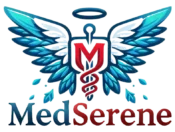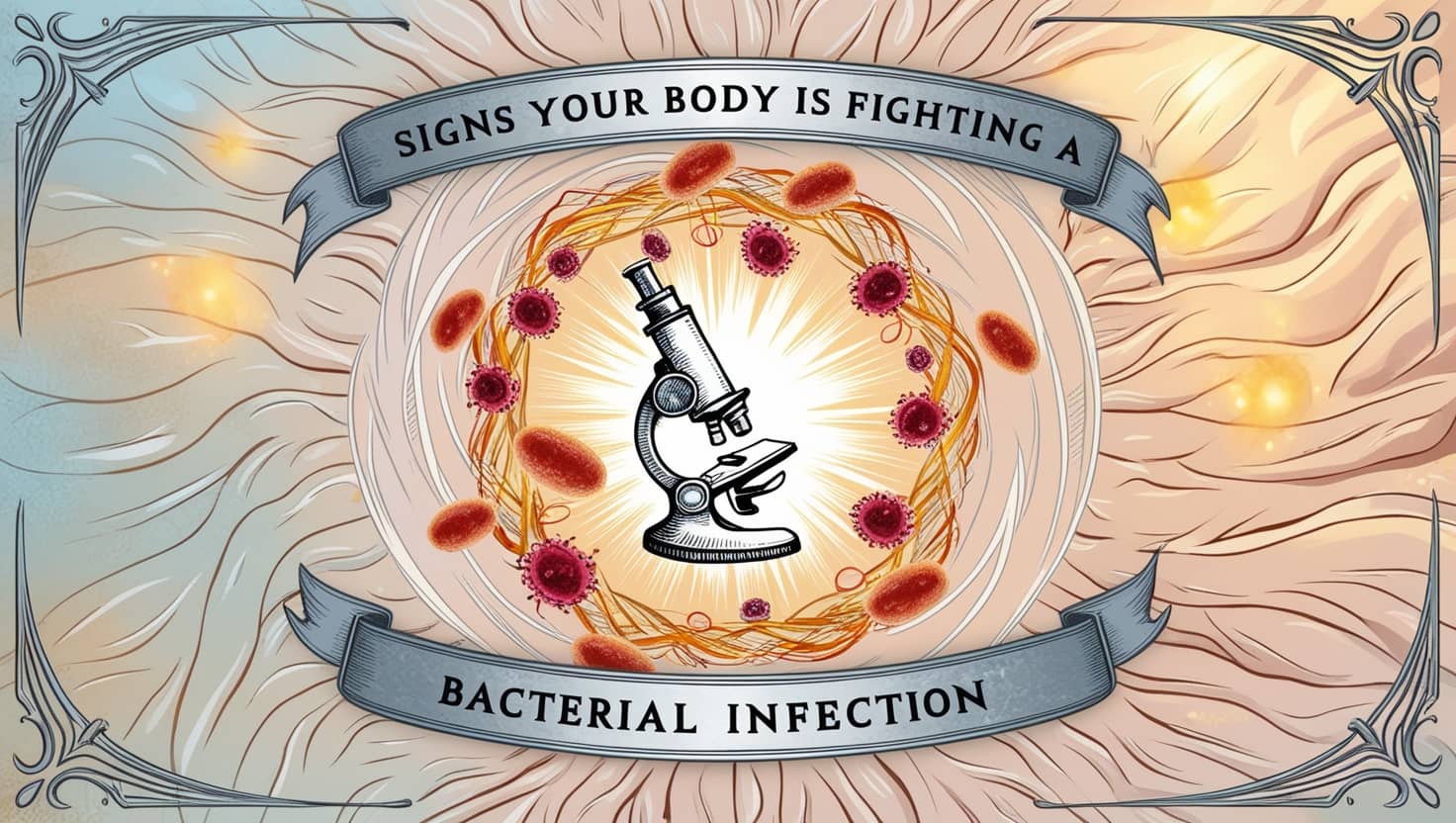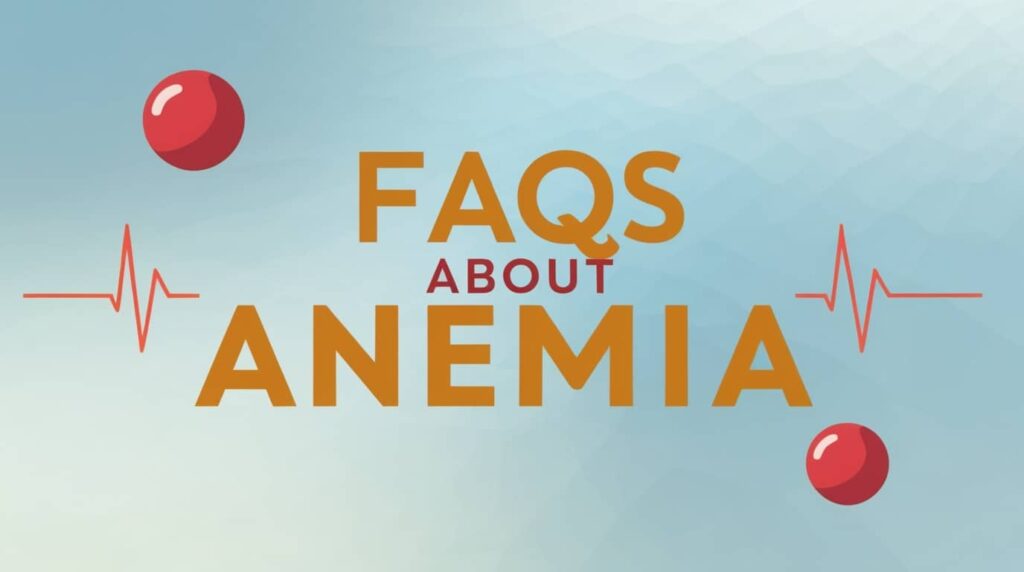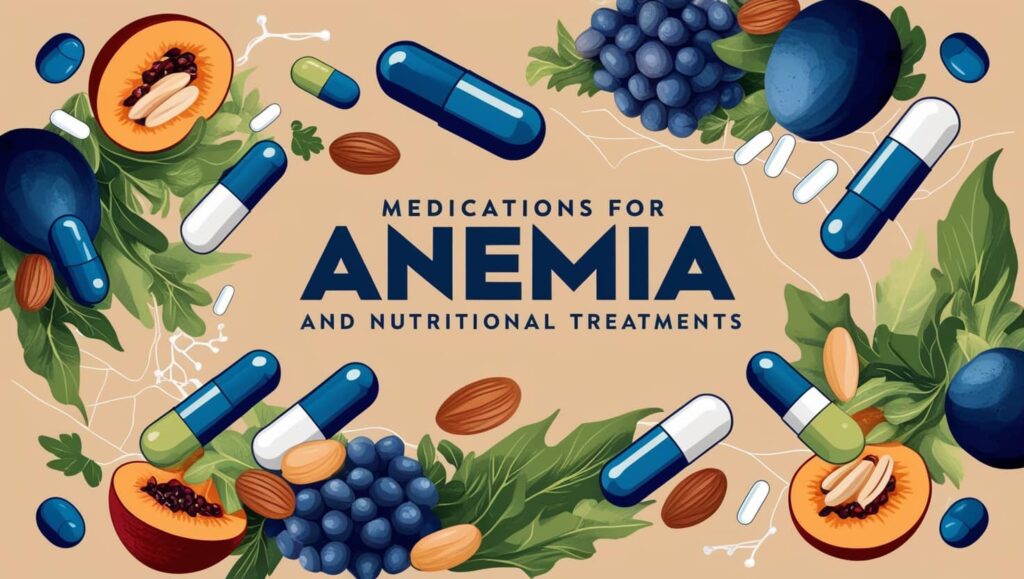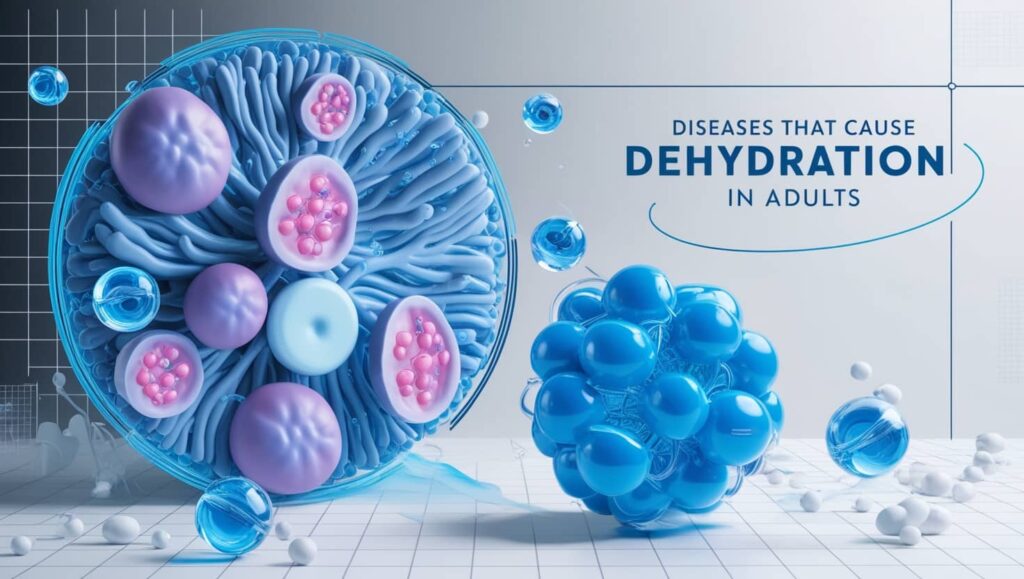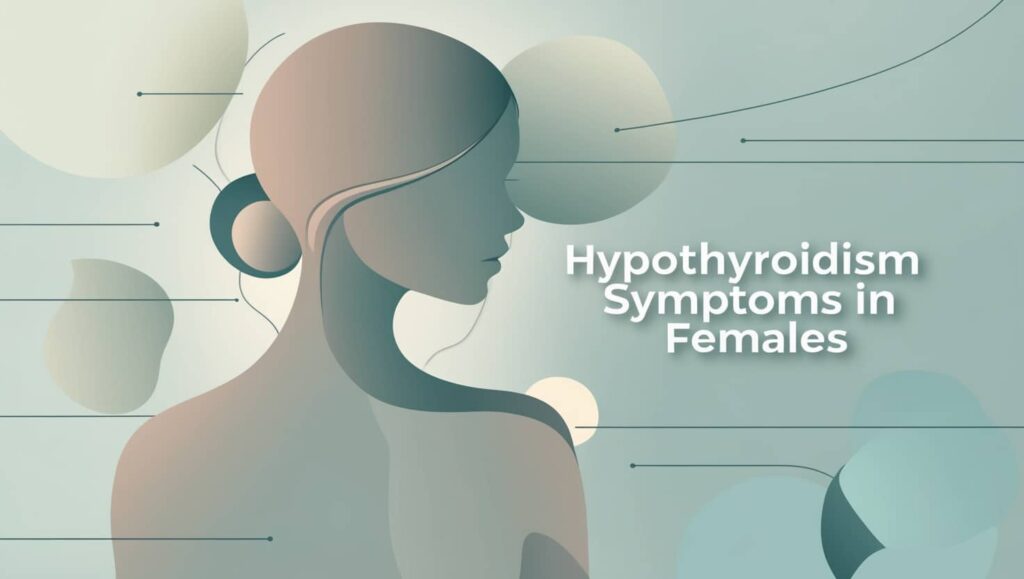A bacterial infection is the presence of hazardous bacteria in the body, which can produce localized or general symptoms such as infected wounds or gastrointestinal illnesses. It frequently causes symptoms such as fever and intestinal problems, and antibiotic therapy may be necessary. When a person becomes sick, signs your body is fighting a bacterial infection may or may not appear, and clinically serious illness occurs in just a tiny percentage of cases.
Bacterial infections have a significant influence on public health. Disease may develop anywhere in the body and be caused by either the organism or the body’s response to its presence. Bacteria spread to people by air, water, food, or live vectors. Bacterial infection spreads primarily by contact, aerosol, droplet, vector, and vehicle means.
Recognizing Signs of a Bacterial Infection
Signs your body is fighting a bacterial infection vary depending on the location and type of bacteria present. These are signs that may be seen during a clinical exam or noted by others. Here are some general indications of bacterial infection:
- Fever (external assessment of body temperature).
- Redness, swelling, or warmth in a single place (indicates localized infection).
- pus or discharge from a wound or abscess.
- Abnormal breathing sounds (for example, wheezing or crackling during a medical test).
- Rapid heartbeat or increased breathing rate.
- Elevated white blood cell count (may be detected by blood testing).
- Redness or swelling in the throat (as diagnosed by a doctor).
Physical Symptoms of a Bacterial Infection
Physical symptoms of bacterial infection are the sensations and signs your body is fighting a bacterial infection and the experience an infected individual has when their body reacts to the illness. Example of physical symptoms:
- Pain or soreness (due to a localized infection, such as a painful sore or abscess).
- Fatigue or weakness (feeling extremely fatigued or depleted).
- Coughing or sore throat (symptoms of respiratory illness).
- Nausea, vomiting, or diarrhea (if bacteria infect GIT).
- Chills or body pains (muscle discomfort, especially during the initial stages of illness).
- Shortness of breath or chest discomfort (if the lungs are affected)
- Confusion or dizziness (severe diseases such as sepsis can impair cognition).
Read Also: Best Medicine for Fungal Infection in Private Parts for Male
How to Identify When Your Body Is Battling Infection
Identifying that your body is fighting a bacterial infection involves a medical history and symptom review, which includes assessing symptoms, performing physical exams, and conducting laboratory tests to identify the specific bacteria causing the infection.
Medical history
The doctor will gather information about symptoms, previous health conditions, recent exposures, and antibiotic use.
A physical examination
a physician makes physical examination of patients to identify signs of infection, such as redness, swelling, warmth, or pus in a wound, or a sore throat or earache.
Laboratory tests
may include blood tests, urine cultures, sputum cultures, wound cultures, throat cultures, and imaging tests for deeper infections.
Antibiotic susceptibility testing or antibiogram
helps determine the most effective antibiotic for the infection. Differentiating between bacterial and viral infections is crucial for proper treatment.
Specialized tests may be needed for certain infections, such as tuberculosis (TB) testing or sexually transmitted infections (STI) tests.
Reference
- Doron, S., & Gorbach, S. L. (2008). Bacterial Infections: Overview. International Encyclopedia of Public Health, 1(1), 273–282.
- Medline Plus. (2019). Bacterial Infections. Retrieved from Medlineplus.gov website.

Microbiology and Immunology Specialist | Scientific Writer
Lina Mahmoud Ahmed graduated from Cairo University’s Faculty of Veterinary Medicine with a B.Sc. in Veterinary Medical Sciences and a diploma in Microbiology and Immunology. With extensive knowledge and hands-on expertise, Lina is dedicated to delivering accurate and well-researched medical content that simplifies complex information for readers. She can be reached at [email protected].
